Jawless Fish
Jawless Fish
The first fish to evolve were fairly basic, with spinal cords
and only partial skeletons. However, they set the blueprint for vertebrates, so
that all later fish, amphibians, reptiles, birds and mammals, including humans,
evolved from them. The class of fish Agnatha- the jawless fish contains the
lampreys and the hagfish. Both groups are eel like in form, although true eels
belong to the bony fish super-class. As their common name indicates, these fish
do not have structured jaws as other fish do. Instead they have sucker mouths,
lined with teeth with which they abrade the surface of their food. In the case
of lampreys they attach themselves to other fish and feed on their blood. In the
case of hagfish, the decomposing flesh of other animals is their meal.
Lampreys
Lampreys are parasitic fish, as they feed on the blood of other
living fish. Their mouths are lined with concentric circles of teeth designed
to saw their way through the scales of their hosts and then rupture the blood
vessels in their skin. The lamprey then gorges itself on blood until it is
satisfied and goes on its way. Host fish can die from blood loss, but they are
usually much larger than lampreys and are able to recover. The name lamprey is
derived from the Latin Lambere for ‘lick’ and petra for ‘stone’ meaning ‘stone
licker’ because the fish also use their sucker mouths to hold onto stones in
fast flowing rivers, thus enabling them to save on energy when travelling upstream.
Hagfish
There is some disagreement about the classification of hagfish
as they happen to be the only chordates that possess skulls but have no
vertebral column, making them somewhat more primitive than lampreys. Consequently,
they are given their own class Myxini. Hagfish are part of the ‘clean- up squad’
as they play their part in the decomposition and recycling of dead animal
bodies lying on the seabed. They are designed to puncture holes in the skin of
dead animals and then drill their way inside, consuming the decomposing flesh
as they go. To assist in this way of life, they are able to produce large
quantities of slime as lubrication and they are also able to literally tie
themselves in knots, which they can then move along their bodies, thereby
enabling them to extract themselves from tight holes that generate a vacuum. The
slime may also serve to deter predatory fish, as it gels with water and clogs
the mouth and gills, assisting in escape. Hagfish will also attack dying
animals, burrowing inside their bodies and finishing them off by devouring
their internal organs. Due to the sporadic availability of food, hagfish can
survive for months without feeding, but feed keenly when the chance arises.
Hag fish have barbells around their mouths and simple eyes, but
relatively little is known of their sensory equipment and how they detect their
food. Similarly, much detail of their reproduction and life cycle awaits
scientific investigation. They typically inhabit deep water environments, where
behavioural observations are difficult and expensive to conduct. They are known
to lay eggs, from which young hagfish hatch, whereas lampreys have a larval
stage before adults develop.
Reference
Also See
• Parrots
• Bats
• Bears
• Birds
©
Don`t Kill Creatures of
Nature, You have No Right to Do That
Being Vegetarian, Love
Creature of Nature
Live and Give Space for
another Life
Save Nature
Love Nature


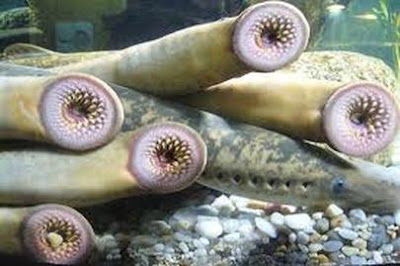

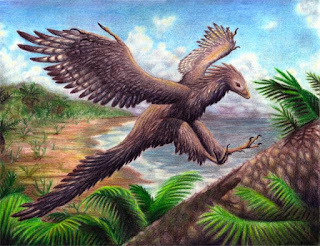


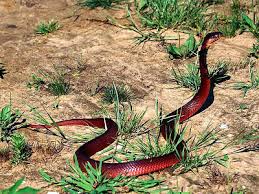




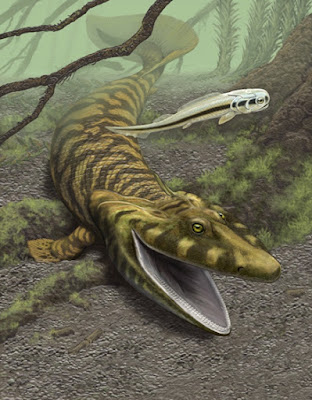
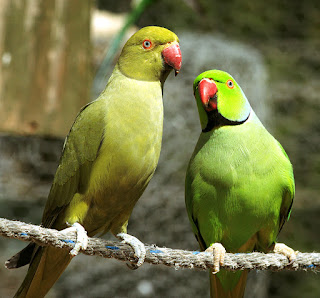
Excellent article! We will be linking to thus particularly
ReplyDeletegreat post on ourr site. Keeep up the goo writing.